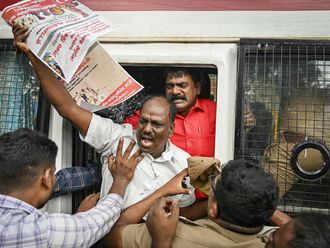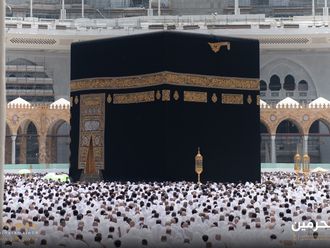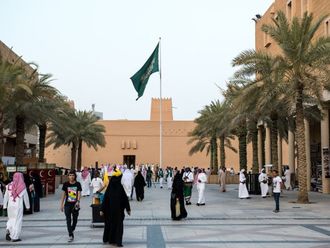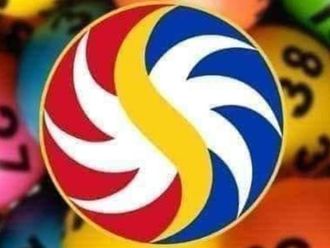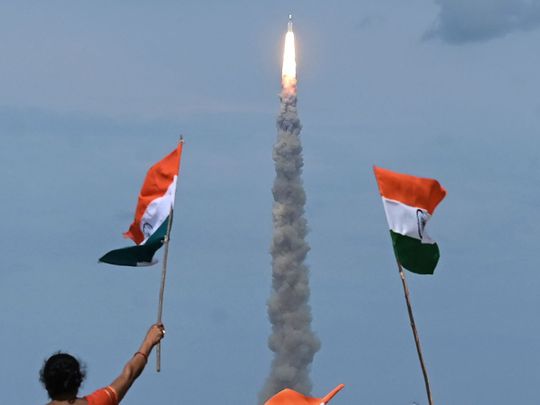
Sriharikota, Andhra Pradesh: India’s Chandrayaan-3 lifted off sucessfully from the Satish Dhawan Space Centre in Andhra Pradesh’s Sriharikota as per scheduled launch time.
If successful, the mission will make India the fourth country to achieve a controlled landing on the moon, after Russia, the United States, and China.
The moon lander Vikram is perched on a Mark 3 heavy-lift launch vehicle — dubbed the Bahubali rocket.
The rocket is nicknamed as `Bahubali’ as like the well built hero in the successful film lifting a heavy Lingam, the rocket carries the 3.8-tonne Chandrayaan-3 spacecraft.
"Chandrayaan-3 scripts a new chapter in India's space odyssey," tweeted Prime Minister Narendra Modi, who is currently visiting France.
"It soars high, elevating the dreams and ambitions of every Indian."
The journey from Earth to the moon for the spacecraft is estimated to take about a month and the landing is expected on August 23. Upon landing, it will operate for one lunar day, which is approximately 14 Earth days. One day on the Moon is equal to 14 days on Earth.
The Chandrayaan-3 will have three major components — a lander, a rover, and a propulsion model. It will be using the Orbiter from Chandrayaan-2 which still exists in the lunar atmosphere.
In a first, India’s mooncraft ‘Vikram’ will land in the South Pole of the moon, where water molecules have been found. The finding, made during India’s first moon mission in 2008, had startled the world.
Vikram is meant to have a safe, soft landing. The lander will then release the rover Pragyan, which will roam the moon’s surface for a lunar day — equal to 14 earth days — and conduct scientific experiments.
The latest iteration of the Chandrayaan comes four years after an earlier attempt failed, with the ground crew losing contact moments before landing.
The ISRO’s second lunar mission Chandrayaan-2 failed while attempting to land in 2019. However, to avoid past failures, ISRO has corporate a series of changes in the upcoming mission.
“The main lacuna in the last Chandrayaan-2 mission was that there were off-nominal conditions that were initiated in the system. Everything was not nominal. And the craft was not able to handle the off-nominal condition for a safe landing,” ISRO Chief S Somnath told NDTV in an exclusive interview, the channel said.
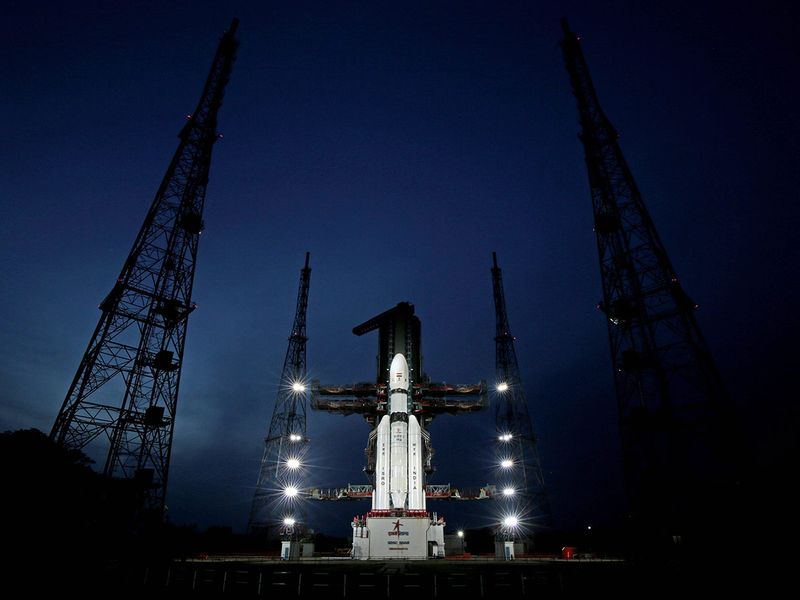
Why the moon mission?
Chandrayaan-3 will spend about six weeks in space before attempting to touch down close to the lunar south pole, near where the nation’s previous moon mission ended in a crash in 2019.
If successful, the rover will conduct experiments on the chemical makeup of the moon’s surface and search for water. The rover will have a life span of one lunar day, which is equivalent to 14 days on Earth.
The US aims to send humans back to the moon before the end of the decade, using landers developed by Jeff Bezos’ Blue Origin and Elon Musk’s SpaceX, and China has plans for its first crewed lunar mission by 2030.
Russia, which hasn’t landed on the moon since the end of the Soviet Union, will attempt to send a robotic mission next month. Japan has an uncrewed mission planned for August, too.
Breakthrough
India’s new mission comes as the country has made a breakthrough in boosting cooperation with the US in outer space. The country is also in discussions with Japan to work on a moon mission together, ISRO Chairman S Somanath told reporters in New Delhi on Monday.
During Prime Minister Narendra Modi’s state visit to Washington last month, India signed the Artemis Accords, a US-backed framework with more than two-dozen other nations “- but not China or Russia “- governing joint missions and civilian space exploration.
Joint mission
NASA and the Indian Space Research Organisation also agreed to a joint mission next year that will include sending an Indian astronaut to the International Space Station.
India’s space infrastructure includes 25 Earth observation satellites and about 30 other satellites, Somanath wrote in an article in the May issue of Yojana.
That puts India well behind China, which had 590 operating satellites at the end of 2022, according to the Union of Concerned Scientists.
While Chinese rockets have carried more than two dozen people into space since China’s first astronaut, Yang Liwei, went to orbit in 2003, it’s been nearly 40 years since the only Indian to go into outer space, Rakesh Sharma, traveled aboard a Soviet rocket to the USSR’s space station.
ISRO has not yet set a date for the initial flight of its human spaceflight programme, called Gaganyaan, but in his article Somanath described the project as “at an advanced stage.”
By signing the Artemis Accords and getting NASA to agree to send an Indian astronaut to the ISS, Modi may reap political benefits as he prepares to ask voters next year to extend his premiership into a second decade, said Konark Bhandari, an associate fellow at Carnegie India, a New Delhi-based affiliate of the Carnegie Endowment for International Peace.
“It would be impressive to have an astronaut of your own in space before the elections,” he said.


